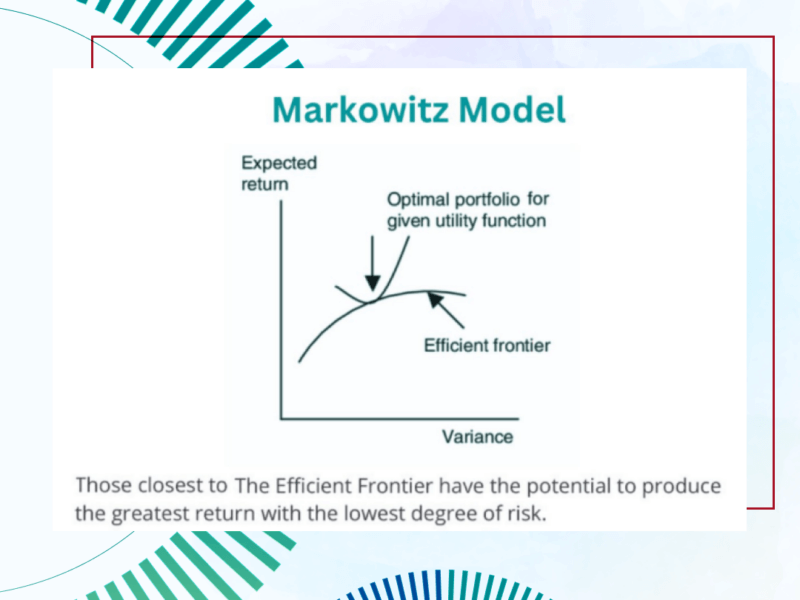The World Health Organization declared the outbreak of COVID-19 a pandemic on 11 March 2020; the pandemic has been around for over a year now. Without a doubt, it was a hard year in many ways, however it has also been a year full of interesting things. There is also something positive we can say about the past year.
Economies have been hit hard, however the decrease in GDP of many economies was not as bad as forecasted by IMF in April 2020 just after the pandemic broke out. Here are some of the figures:
- GDP of the European Union dropped by 6.2% (IMF expectation: -7.1%)
- GDP of the United States decreased by 3.5% (IMF expectation: -5.9%)
- GDP of China grew by 2.3% (IMF expectation: +1.2%)
The ways we work, live, and invest have changed during the pandemic. FOMO (fear of missing out), decreased market entry burdens (commission free trading), boredom during lockdowns, low or even negative interest rates (which are here to stay longer), additional liquidity provided by the economic stimuli drove stock market prices higher but also led to changes in the investment instruments people choose.
The US stock market recovered after the March crash induced by the pandemic in a historically rapid pace. Since then, the S&P 500 has been reaching all-time highs week after week. It has gained 24.7% compared to the pre-pandemic high (19 February 2020 to 16 June 2021) and 92.6% above the bottom reached on 23 March 2020. Some sectors performed better such as information technology, electric vehicles and clean energy, while other sectors lagged behind like the energy sector. Despite the historic drop and subsequent recovery in the stock markets, the underlying economies are still feeling the effects of the pandemic as supply chains continue to face headwinds, employment numbers remaining relatively weak and prices increasing at a broad level. Some market participants have been calling markets overvalued and overstretched as indicated by the Buffett indicator, which is the stock market capitalization-to-GDP ratio, which has reached highs well above the level seen in 2000 (the year of the dotcom bubble).
One of the key characteristics of the past year has been the active role played by retail investors in financial markets. The increasing use of social media during lockdowns helped retail investors to come together and target specific stocks, now known as “meme stocks”, leading to major fluctuations in their stock prices. The SEC even warned about significant risks of short-term investing based on social media.
Another interesting trend that saw increasing popularity were SPACs. These are special purpose acquisition companies, which are shell companies, meaning they don’t have any operations, that are created solely by raising capital through an IPO with the hope of acquiring a private company. At the time of raising funds, the target company is not known; this characteristic has intrigues investors, as the target company could be an interesting private company involved in technology, electric vehicles, autonomous driving etc. For private companies, they can go public without going through the traditional IPO process, which is expensive, cumbersome and all aspects of the company are heavily scrutinized (see WeWork’s failed 2019 IPO). The SPAC craze is even supported by celebrities, from movie stars to professional athletes, who have promoted SPACs.
If that wasn’t enough, cryptocurrencies also saw massive fluctuations in price, as cryptos such as Ethereum and Bitcoin saw their prices multiply by double digits. Even coins like the Dogecoin, which has no economic purpose, saw their prices rocket to the moon. With the increasing awareness of cryptocurrencies and the blockchain, there was another mania that caught the attention of retail investors: NFTs. NFT stands for non-fungible token and it is a file whose unique identity and ownership is validated on a blockchain. NFTs can be considered collectibles such as autographed items or trading cards, but they hardly can be referred to as investments.
The bottom line
The pandemic had an adverse impact on economies, though not as bad as initially expected. During this time, assets have performed well, especially riskier assets such as stocks, cryptos and real estate. Diversification and discipline have helped investors to generate solid returns even in this challenging time, while limiting their downside risk. Furthermore, this crisis has shown the increasing importance of professional financial advisers, rather than relying on social media or celebrities.
Disclaimer Risk Warning: The information in this article is presented for general information and shall be treated as a marketing communication only. This analysis is not a recommendation to sell or buy any instrument. Investing in financial instruments involves a high degree of risk and may not be suitable for all investors. Trading in financial instruments can result in both an increase and a decrease in capital. Please refer to our Risk Disclosure available on our web site for further information.


